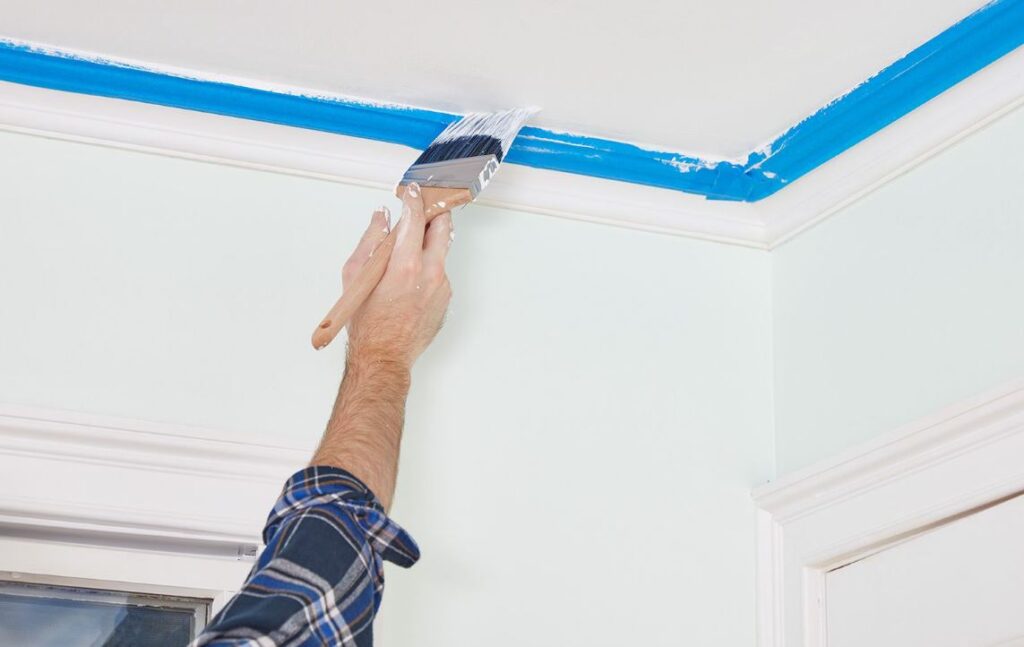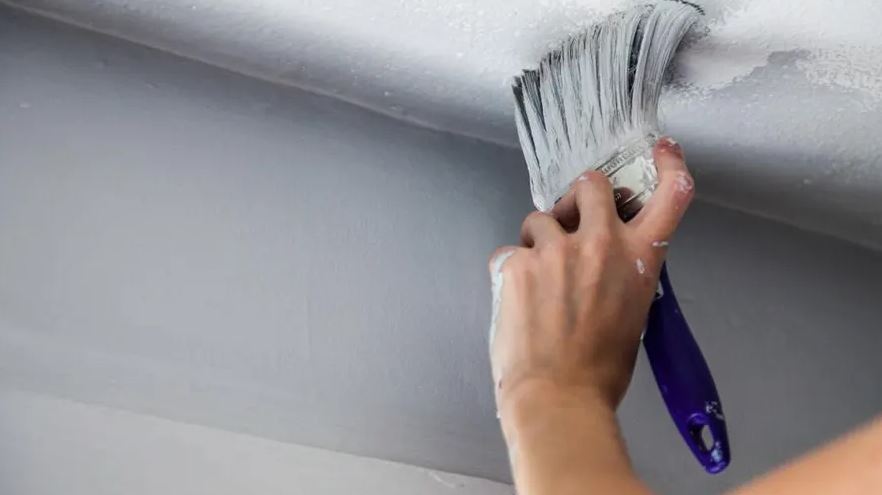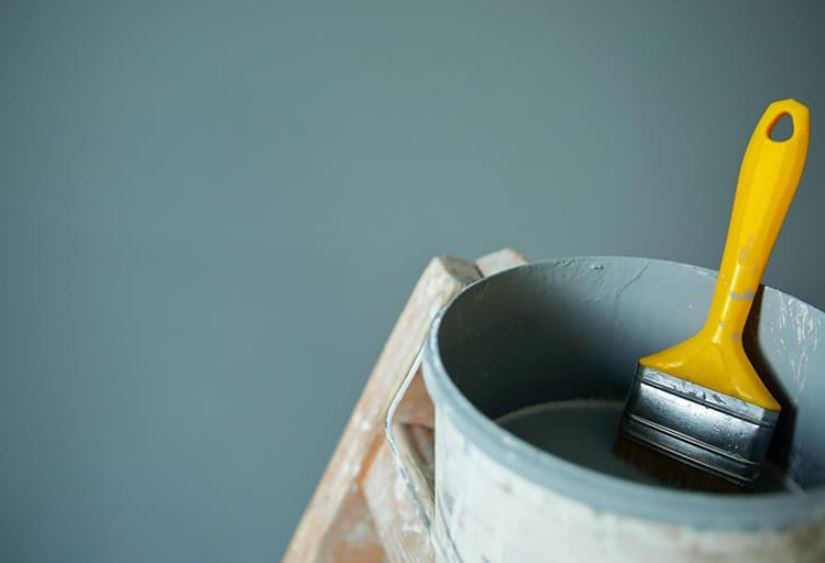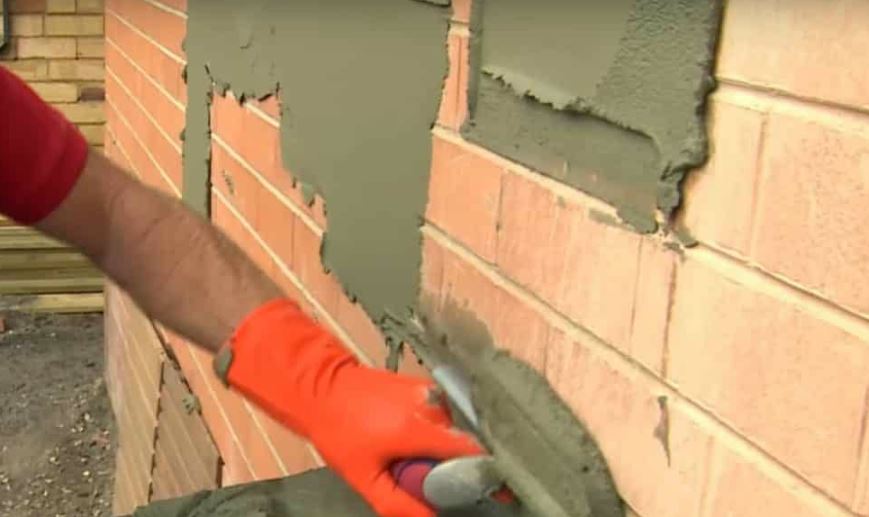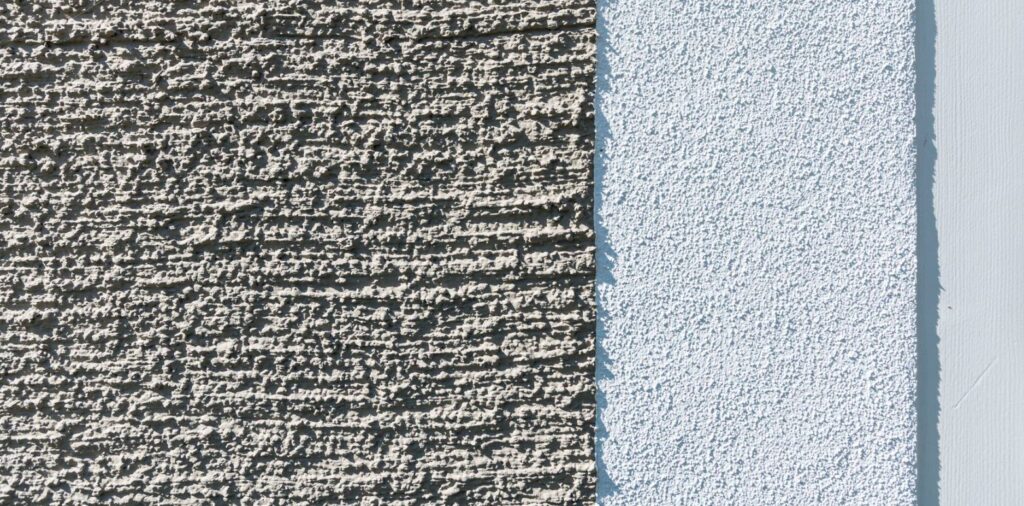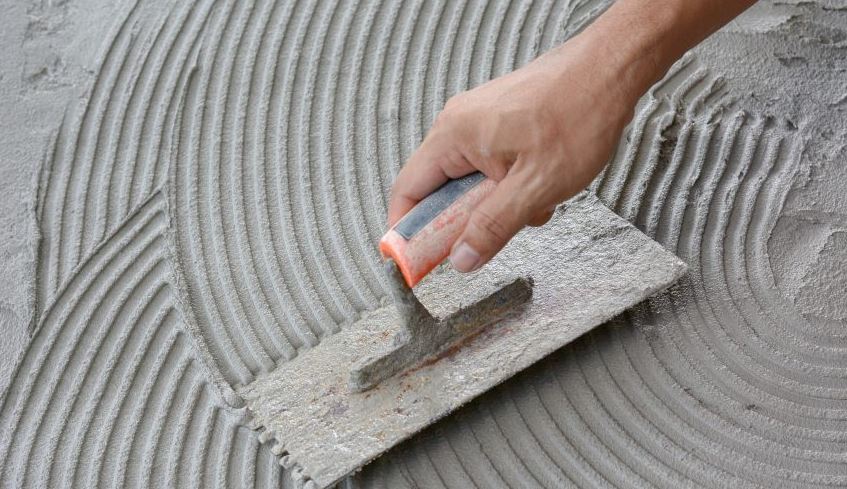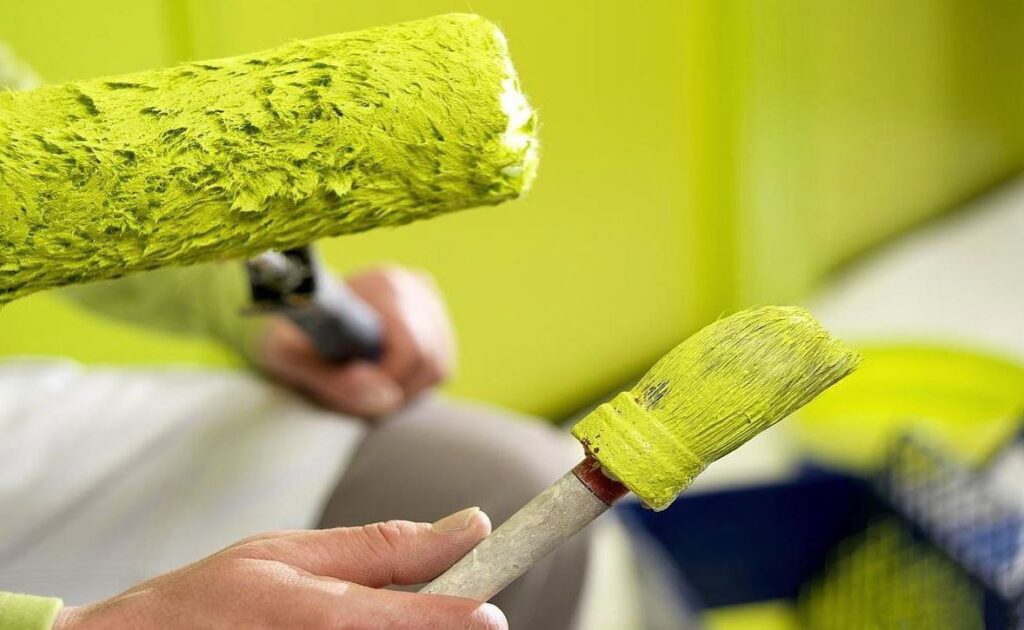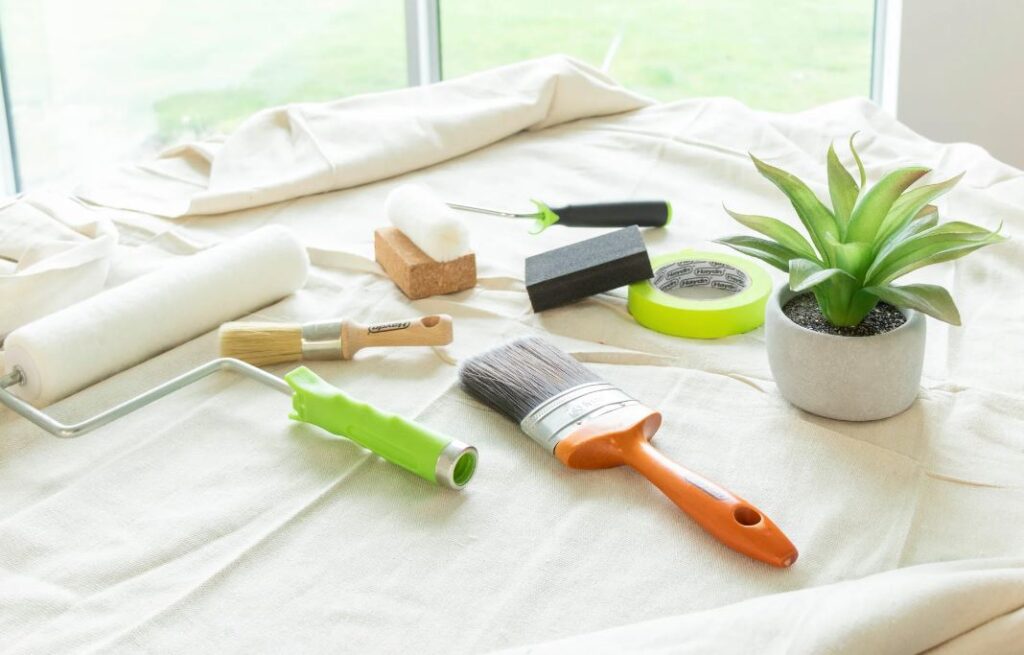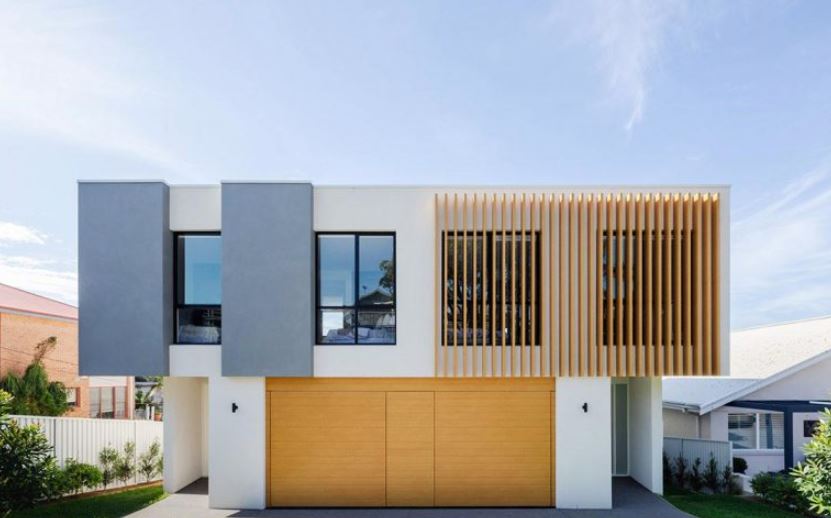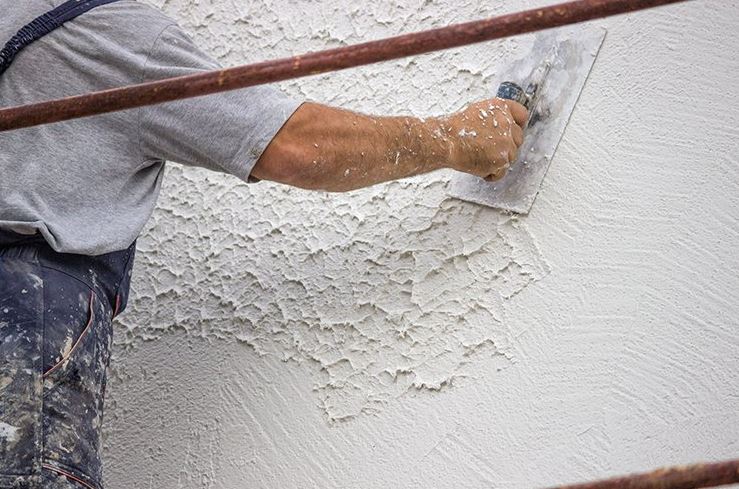When sprucing up your home, few projects can transform the look and feel like a fresh coat of paint. Whether brightening up a living room with a new shade or refreshing the exterior to boost curb appeal, painting plays a pivotal role in home maintenance and aesthetics. However, not all painting projects are created equal, and the differences between interior and exterior painting go far beyond the choice of colours. Understanding these key distinctions and the specific techniques suited for each can significantly impact the success of your painting endeavour.
In this blog post, we’ll delve into the essential differences between interior and exterior painting, from the types of paint used to the durability requirements and application methods. We’ll explore why certain paints are better suited for the harsh conditions of the outdoors, while others are preferred for creating a cosy atmosphere indoors.
Additionally, we’ll provide practical tips and techniques to help you achieve professional-quality results, whether revamping your living room or giving your home’s facade a facelift. Whether you’re a seasoned DIY enthusiast or gearing up for your first painting project, this guide will give you the knowledge you need to make informed decisions and ensure a long-lasting, beautiful finish.

Understanding the Basics
Interior Painting
Interior painting is more than just a decorative change; it’s an opportunity to create a mood, enhance the aesthetics of a home, and protect surfaces from wear and tear. The primary purpose of interior painting is to add colour, texture, and personality to living spaces. It allows homeowners to personalise their environments to reflect their tastes and lifestyles. The characteristics of interior paint jobs often involve meticulous preparation and the selection of paints that are safe for indoor air quality and easy to maintain.
The most commonly used types of paints for interior projects include water-based (latex) and oil-based (alkyd) paints. Water-based paints are favoured for their quick drying times, ease of clean-up, and low volatile organic compound (VOC) levels, which make them safer for indoor air. On the other hand, oil-based paints are prized for their durability and smooth finish, though they require more time to dry and emit higher levels of VOCs.
Homeowners embarking on interior painting projects face several challenges and considerations. Ventilation is a key concern, especially when using oil-based paints, to ensure harmful fumes don’t linger. Disruption to living spaces is another factor, as furniture needs to be moved, and areas need to be sectioned off to avoid paint splatters. Choosing the right paint finish—from matte to high gloss—also plays a crucial role in both the appearance and maintenance of the painted surfaces.
Exterior Painting
Exterior painting serves a dual purpose: it protects the home from environmental elements and enhances its curb appeal. This painting project requires paints that can withstand the rigours of weather, including sun exposure, rain, wind, and temperature fluctuations. Exterior paints are formulated to be more durable, with additives that resist fading, mildew, and peeling.
Acrylic, latex, and oil-based paints are commonly selected for exterior projects. Acrylic and latex paints offer excellent colour retention and flexibility, making them ideal for resisting temperature changes without cracking. Oil-based paints are used for their superior adhesion and water resistance, providing a strong protective layer against moisture and wear.
The challenges and considerations of exterior painting are distinct from interior projects. Weather conditions are significant in planning an exterior paint job, as temperature and humidity can affect the paint’s drying time and finish. Durability is a major concern, with homeowners needing to choose paints that look good and protect their homes for years to come. Preparation work, including power washing and repairing surface imperfections, is more intensive for exterior painting to ensure a long-lasting finish.
Key Differences Between Interior and Exterior Painting
The composition of interior and exterior paints is tailored to their specific environments. Exterior paints are formulated with additives that provide UV resistance to prevent fading and flexibility to endure temperature changes without cracking. Interior paints, meanwhile, are designed with lower VOC levels to ensure indoor air quality and safety for occupants. This distinction ensures that paints perform optimally in their intended settings, providing durability where needed and safety where it matters most.
Durability is a concern for both interior and exterior paints, but for different reasons. Exterior paints must withstand the elements, resisting damage from UV rays, rain, wind, and temperature changes. This demands a formulation that can endure harsh conditions for years. Interior paints, while not exposed to the same environmental stressors, need to resist wear and tear from daily activities, such as cleaning, touching, and furniture scuffs, necessitating a different approach to durability.
Different factors influence colour selection for interior and exterior painting. Exterior paint colours are often chosen based on how they look in natural light and their ability to complement the surrounding environment and architectural style. Interior colours, however, are selected based on interior lighting, room size, and personal preference, focusing on creating a desired atmosphere within the home.
Preparation for exterior painting is more labour-intensive, involving power washing to remove dirt and grime, scraping off loose paint, and repairing surfaces. Interior painting preparation typically involves cleaning walls, filling holes, and ensuring a smooth surface for painting. The application process also differs, with exterior painting requiring specialised techniques and tools to handle different surfaces and weather conditions. In contrast, interior painting offers more flexibility in technique and a greater focus on detail and finish.
Techniques for Successful Painting
Interior Painting Techniques
To ensure a successful interior painting project:
- Begin with thorough room preparation.
- Remove or cover furniture, and use painter’s tape to protect trim and ceilings.
- Ensure walls are clean, dry, and smooth; repair any holes or imperfections with spackle and sand as necessary.
Priming is crucial for ensuring an even base, especially when making drastic colour changes or painting over surfaces with existing stains. It can improve paint adhesion, resulting in a more uniform appearance.
During the painting process, start from the top (ceilings) and work down to walls and trim. Use angled brushes for edges and corners and rollers for broad wall sections. Apply paint in a series of overlapping “W” or “V” patterns for a smooth finish, then smooth over with long, even strokes.
Choosing the right sheen is also important. Matte or flat paints are forgiving on imperfections but less durable, making them ideal for low-traffic areas. Glossier finishes, like satin or semi-gloss, are easier to clean and better suited for kitchens, bathrooms, and trim.
Exterior Painting Techniques
Exterior painting requires careful timing and preparation. Clean the home’s exterior with a power washer to remove dirt and loose paint. Scrape off peeling paint and sand rough areas to ensure a smooth base. Repair any damage to siding or trim before proceeding.
Priming is essential for exterior surfaces, especially on exposed wood or areas with previous damage. It creates a solid foundation for the topcoat to adhere to, improving durability and coverage.
When painting, start on the shady side of the home to avoid direct sunlight, which can cause the paint to dry too quickly and lead to uneven application. Use brushes for detailed areas and rollers or sprayers for large surfaces. Consistently apply paint, maintaining a wet edge to avoid lap marks.
Be mindful of weather conditions. Avoid painting on extremely hot days, in direct sunlight, or when rain is expected within 24 hours. Safety is paramount, so use ladders and scaffolds responsibly and wear protective gear as needed.
Maintenance and Longevity
Maintaining interior paint involves regular cleaning and touch-ups. Dust and clean painted walls with a soft, damp cloth, avoiding harsh chemicals that can damage the finish. Address scuffs or chips promptly with touch-up paint, using the original paint if available for the best colour match.

To extend the life of an exterior paint job, conduct regular inspections, especially after severe weather conditions. Clean the exterior annually to remove dirt and mildew, which can degrade the paint over time. Touch up any chips or cracks to prevent moisture from penetrating and causing damage. Consider applying a fresh coat of paint every 5 to 10 years, depending on the paint’s quality and the home’s exposure to elements.
When to Hire a Professional
Deciding to hire a professional painter depends on the project’s scope, your skill level, and available time. For example, GB Painters in Brisbane Northside can deliver the best results for large projects, high or hard-to-reach areas, or when a high-quality finish is crucial.
Look for a professional service with good reviews, proper licensing, and insurance. Ask for detailed quotes and timelines. Prepare your home by moving furniture and valuables, and discuss any specific requirements or concerns with the painters before work begins.
In conclusion, understanding the distinct differences between interior and exterior painting techniques is crucial for any home improvement project. Interior painting allows for a personal touch to living spaces, requiring careful selection of paint types, preparation, and application techniques to create a welcoming atmosphere. On the other hand, exterior painting demands a focus on durability and protection against the elements, with specific paint formulations designed to withstand harsh conditions and maintain curb appeal.
We’ve explored the importance of choosing the right paint composition, considering durability requirements, making informed colour selections, and adhering to proper preparation and application processes. These considerations ensure an aesthetically pleasing result and a long-lasting finish that protects and enhances the value of your home.
Moreover, we delved into the techniques that guarantee success, from room and surface preparation to the application itself and the maintenance practices that will extend the life of your paint job. Whether you’re planning to refresh the interior or protect the exterior of your home, these insights can guide you toward achieving professional-quality results.
As you embark on your next painting project, remember the significance of these factors in ensuring your work’s quality and durability. Considering the specific challenges and requirements of interior versus exterior painting will help you make informed decisions, whether selecting materials, preparing surfaces, or applying the paint. And when the project’s scope goes beyond your comfort zone, knowing when to call in professional painters can make all the difference.
By taking these key differences and techniques into account, you can confidently approach your painting projects, ensuring a beautiful and lasting finish that you’ll enjoy for years to come.
